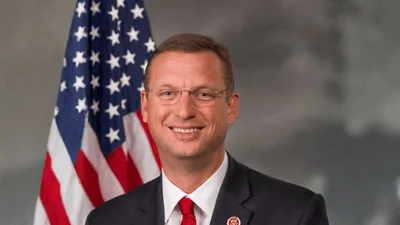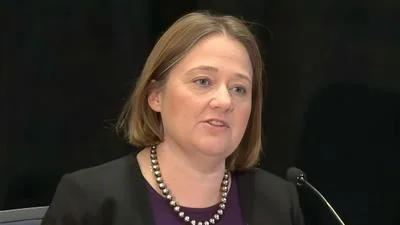Mohsin Syed Chief of Staff at U.S. Department of Transportation (DOT) | Official Website
The U.S. Department of Transportation’s (DOT) Pipeline and Hazardous Materials Safety Administration (PHMSA) has announced a final rule aimed at enhancing public safety and protecting firefighters. The new regulation mandates that railroads provide first responders with real-time, electronic information about hazardous materials on trains in the event of an accident or incident.
"In a hazmat incident, firefighters and first responders arriving on scene need to know what kind of hazardous materials are present so they can protect themselves and their communities," said U.S. Transportation Secretary Pete Buttigieg. "As part of the Biden-Harris Administration's work to make our rails safer, this final rule will require railroads to maintain detailed, real-time information about trains carrying hazardous materials – and share this information with local emergency responders when they need it."
The rule stipulates that railroads must generate both hard copy and electronic versions of real-time train consist information for shipments containing hazardous materials. This includes details such as the quantity and position of the hazardous materials on the train, the train’s origin and destination, emergency response information, and a designated emergency point of contact at the railroad.
"We heard first-hand from firefighters that were responding to the Norfolk Southern derailment in East Palestine that they and other first responders need hazardous materials train consists as soon as an incident occurs," said PHMSA Deputy Administrator Tristan Brown. "This information will ensure the heroes that are responding to an incident can prepare for what they will encounter instead of waiting until after they get on scene to try to access this vital information."
"Requiring railroads to provide first responders the real-time information they need about hazardous materials moving through their communities is another example of DOT using the full range of its authorities to make freight rail safer for people working on, living near, and traveling along railroad tracks," said FRA Administrator Amit Bose. "When Norfolk Southern’s East Palestine derailment occurred last February, FRA and PHMSA personnel were on the ground within hours to support the investigation and the community, and this rule, combined with several FRA rules and actions, is a clear sign that our support continues today, as does our pursuit of higher safety standards."
The new rule ensures firefighters can fully utilize PHMSA’s 2024 Emergency Response Guidebook (as well as the mobile phone ERG app), which has been distributed to nearly 2 million first responders nationwide.
In addition to this new regulation, the Biden-Harris Administration has taken significant steps to improve railway safety by deploying funding from President Biden’s Bipartisan Infrastructure Law. Efforts include holding railroads accountable, raising safety standards, and supporting first responders and rail workers.
To date, DOT has announced over $2 billion in rail safety infrastructure investments through the Bipartisan Infrastructure Law. Recent final rules issued by DOT include:
- Establishing minimum safety requirements for train crew sizes.
- Requiring emergency escape breathing apparatuses for crews transporting certain hazardous materials.
- Mandating locomotive video recording devices on passenger trains.
- Systematically identifying and mitigating fatigue-related hazards in large freight and passenger railroads.
The Final Rule is currently available in the Federal Register.





